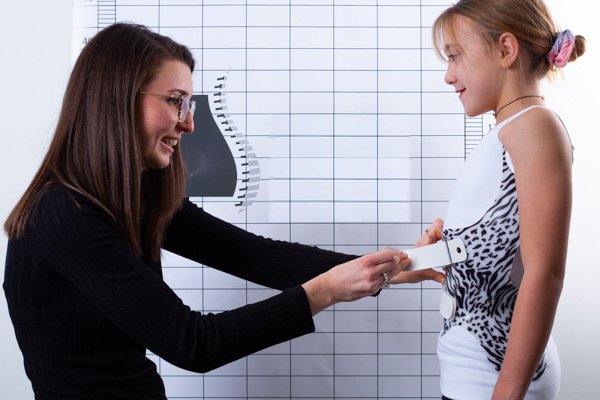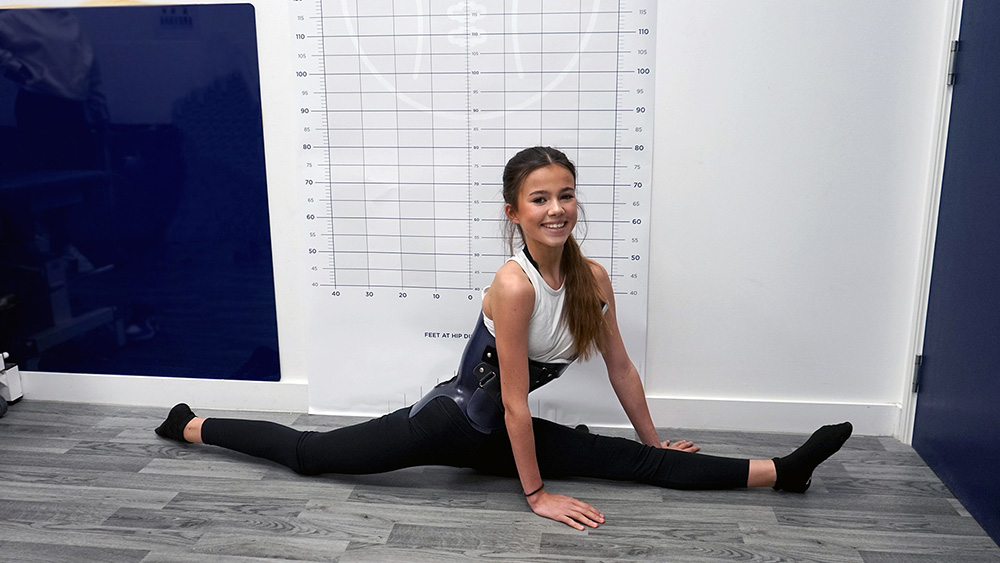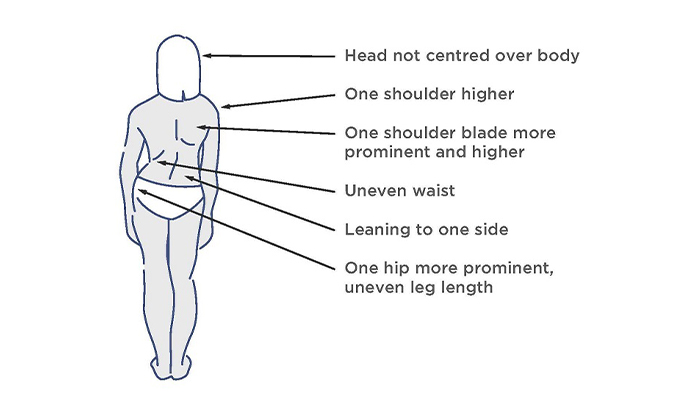
07 March 2023
Just a year after the launch of LOC's Scoliosis Brace, the London Orthotic Consultancy has been invited to participate in the BASIS study (Bracing Adolescent Idiopathic Scoliosis Study).
The study has been designed by surgeons, scoliosis patient representatives and researchers to try to further the evidence surrounding bracing in scoliosis.
Over twenty hospitals across the UK are involved and young people aged 10-15 years old with a diagnosis of scoliosis are being asked to participate ina randomised controlled trial. This means that the type of back brace given to participants in the study is randomly chosen by computer. The study is currently scheduled to continue until 2031.
The objective of the study is to compare two different types of back brace, one which is worn most of the day and one which is worn only at night- time. A night-time version of LOC’s Scoliosis brace will be prescribed and fitted to the night-time group.
On 3rd February, orthotists from St George’s Hospital attended a training session at LOC’s Kingston clinic to learn all about LOC’s Scoliosis brace and how it is modelled, manufactured, and fitted.
We are very excited to be involved in such a large-scale study and look forward to working with our NHS colleagues.

Patient in the LOC Scoliosis Brace
Especially in young people, spotting the early signs of scoliosis is important – as is seeking early treatment. These are the warning signs to look out for:

Visual signs of Scoliosis
You can find out more about the visual signs of scoliosis here.
If your child has recently been diagnosed with scoliosis or if you have concerns about your child’s spine and you would like to find out more about LOC’s bracing treatment please click here.
Most of the patients LOC see have what is termed idiopathic scoliosis - which means that there is no known medical cause for the condition. What we do know is that scoliosis tends to occur during periods of rapid body growth and adolescents account for over 80% of all diagnosed cases in children.
The LOC Scoliosis Brace is a 3D, hypercorrective, Cheneau-Gensingen derivative brace, known as one of the most corrective and modern scoliosis braces available in the UK. It is designed to:
The brace is entirely unique and tailored to the patient’s spinal curve pattern, ensuring optimal skeletal correction while prioritising comfort.
Unlike traditional braces, it opens from the front for easier self-application and maintains a low profile under clothing.
The LOC Scoliosis Brace is worn 22 hours a day (including nighttime) and works in conjunction with Schroth-based therapy for maximum results.
We are pleased to offer a free-of-charge, virtual assessment should you wish to be screened for scoliosis. If we feel a referral to an Orthopaedic Consultant is warranted, we recommend a consultation at The Wimbledon Clinic, Parkside with Mr Darren Lui, Mr Jason Bernard or Mr Tim Bishop. The consultant would arrange the imaging as required. Obviously, you can also seek advice from your family GP.
The operation used to treat severe scoliosis curves is typically spinal fusion surgery; a major procedure that involves moving muscles and realigning the skeleton into place. The curved, deformed vertebrae are fused together into a single bone, putting metal screws and rods into the spine to help straighten it. Surgery typically lasts between 4 and 8 hours depending on the severity of the curve. Bone graft is then taken from other parts of the body and used to cover the implants.
Following the operation, it is necessary to spend around a week in intensive care before returning home and the first few days are often uncomfortable. Most adolescents can expect to return to school from 2-4 weeks following surgery, but pain medication may be required up to 6 weeks following. A full recovery from the procedure can take up to a year, as it can take that long for the spine to heal fully.
Spinal fusion surgery causes the fused portion of the back to become permanently stiff, as a result, returning to sports that require large amounts of flexibility (ballet, yoga, gymnastics, dance) or contact (rugby, football, karate, hockey) may take longer.